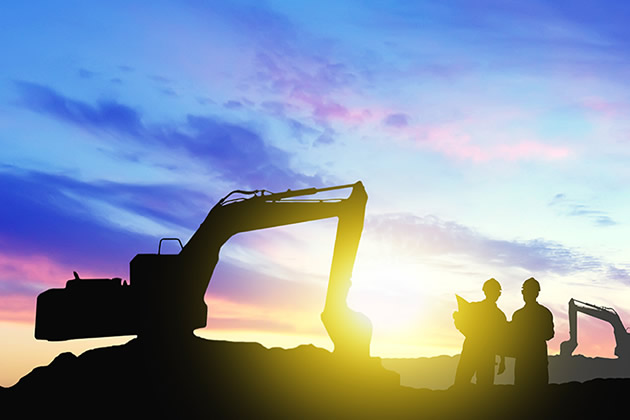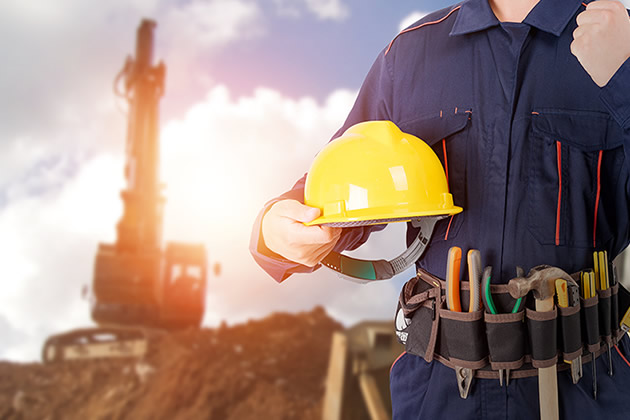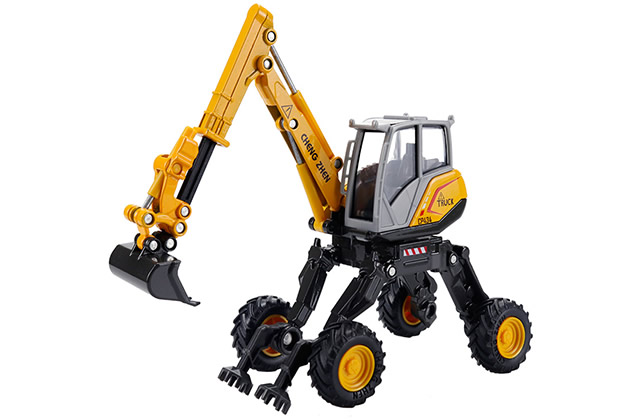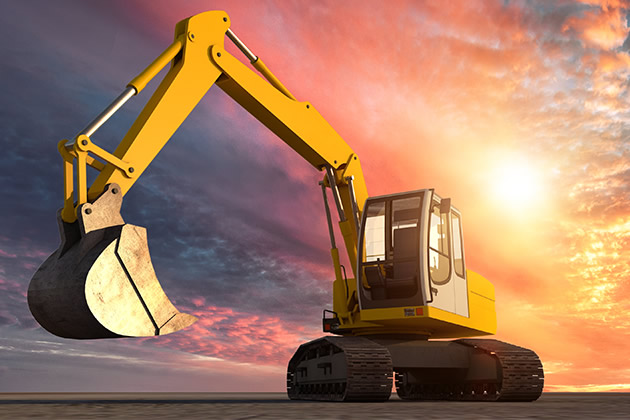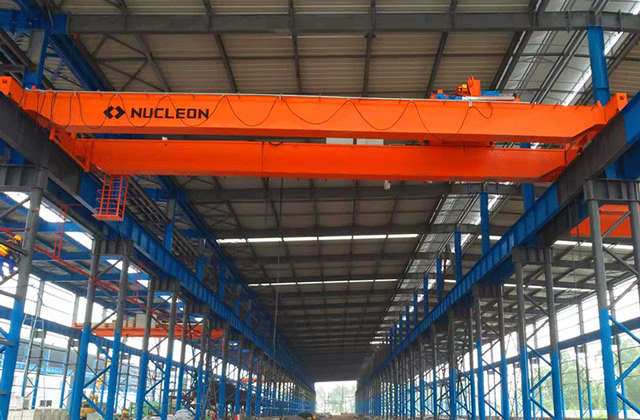1. What are the classification methods of tower cranes?
Tower cranes are often referred to as tower cranes. They are commonly used lifting machinery on construction sites. Types of tower cranes There are many, and they can be divided into different types according to different classification methods. The common classification methods of tower cranes are as follows:
1. According to whether there is a traveling mechanism or not
Can be divided into mobile tower cranes and fixed tower cranes:
(1) Mobile tower cranes can be divided into track type, tire type, vehicle type, There are four types of crawlers.
The tower body of the orbital tower crane is fixed on the traveling chassis and can run on a specially designed track. It has good stability, can travel with load, and has high work efficiency, so it is widely used in construction and installation projects. . Tire-type, truck-type and crawler-type tower cranes do not have track devices and are easy to move, but they cannot travel with load and have poor stability. They are rarely produced now.
(2) Fixed tower cranes are divided into two types: attached self-elevating type and internal climbing type according to different installation locations.
The attached self-elevating tower crane can rise as the building rises. It is suitable for high-rise buildings. The building structure only bears the horizontal load from the crane. It is easy to attach, but it takes up a lot of structural steel; Internal climbing cranes climb inside buildings (elevator shafts, stairwells) with the help of a set of brackets and lifting systems. Jacking is more cumbersome, but it takes up less structural steel and does not require the installation of foundations. All dead weight and loads are uniform. borne by the building.
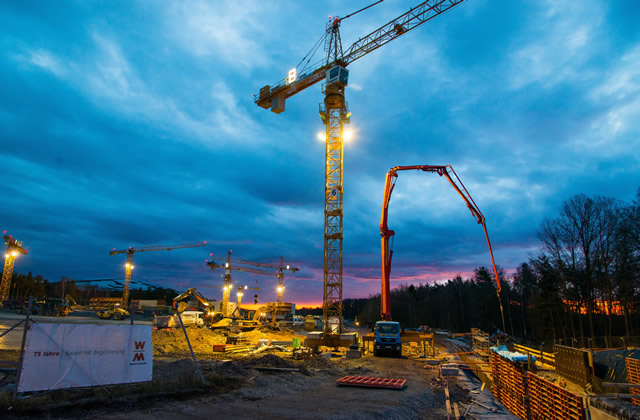
2. According to the structural characteristics of the boom, it can be divided into pitch luffing jib (boom) and trolley luffing jib (flat jib). Tower crane.
(1) The pitching luffing jib tower crane relies on the lifting and lowering of the jib without luffing. Its advantage is that it can fully utilize the effective height of the jib and has a simple mechanism.
(2) The trolley luffing jib tower crane achieves luffing by traveling on a trolley installed on the horizontal jib track. Its advantage is that the luffing range is large and the load-carrying trolley can approach the tower. The body is capable of carrying load and amplitude. The disadvantages are: the stress on the boom is complex and the structural requirements are high. The boom and trolley must be at the upper part of the building. The installation height of the tower tip is 15-20 higher than the roof of the building. rice.
3. According to the rotation mode of the tower body structure, it can be divided into lower rotation (tower body rotation) and upper rotation (tower body does not rotate) tower type crane.
(1) The lower slewing tower crane will slew the bearing, the main mechanism of the balance weight, etc. are all set at the lower end. Its advantages are: the tower is subject to less bending moment, low center of gravity, good stability, and easy installation and maintenance. The disadvantage is that the requirements for the slewing bearing are high and the installation height is limited.
(2) The upper slewing tower crane has the slewing support, counterweight, and main mechanisms set at the upper end. The advantage is that since the tower body does not rotate, the lower structure of the tower body can be simplified, and lifting and adding sections are convenient. . The disadvantage is: when the building exceeds the height of the tower, the rotation of the crane is restricted due to the influence of the balance arm. At the same time, the center of gravity is higher, the wind pressure increases, and the ballast weight increases, which increases the total weight of the whole machine.
4. According to the crane installation method
It can be divided into quick-installation tower cranes that can be folded for transportation and erected as a whole by themselves, and tower cranes that require the help of auxiliary machinery. Tower cranes for assembly and disassembly.
(1) Quick-installation tower cranes that can be erected by themselves are small and medium-sized lower-slewing tower cranes. They are mainly used in low-rise buildings with short construction periods and frequent movements. The main advantage is that they can improve work efficiency. It saves installation costs, time, labor and materials. The disadvantage is that the structure is complex and the amount of maintenance is large.
(2) Tower cranes that require disassembly and assembly of auxiliary engines are mainly used in mid-to-high-rise buildings and places with large working range and heavy lifting capacity. They are the main types of cranes currently used on construction sites.
2. How to choose the right type of tower crane
There are many types of tower cranes, mainly designed for different construction needs, so how to choose the right type? What about the tower crane?
There is great uncertainty in the selection principles of tower cranes. Specific projects should determine the corresponding tower crane type. Small ones cannot be used instead of large ones, and large ones cannot be used instead of small ones. Selecting a tower crane suitable for the project under construction requires consultation between personnel with practical experience in construction, machinery, and installation, and comprehensive consideration of factors such as the construction environment, construction requirements, tower crane parameters, etc. Only then can a more satisfactory result be achieved . If the selection is wrong, it may cause significant economic losses or even accidents.
If the website content violates your rights, please contact us to delete it。



